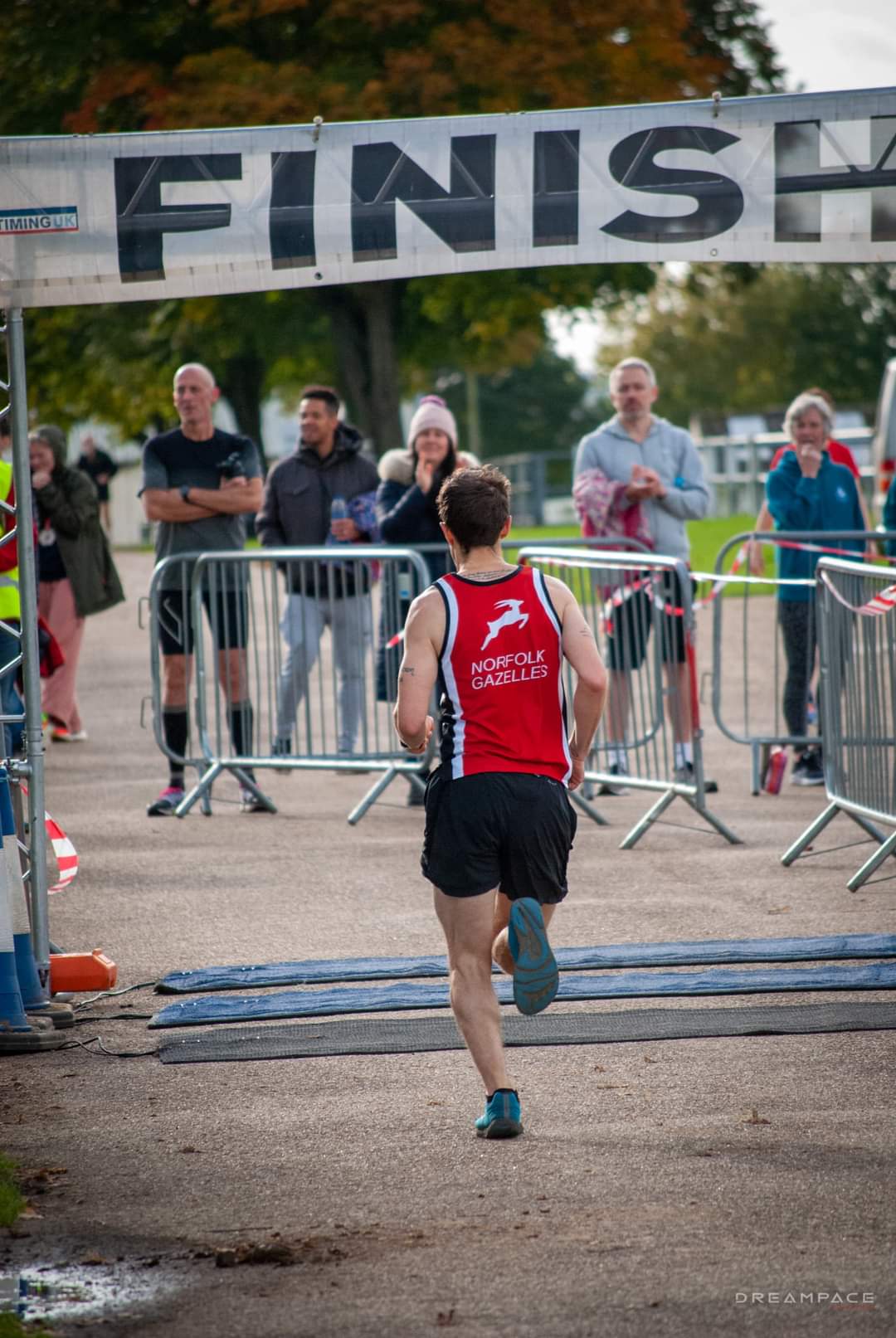I’ve written before about the need to focus on training well and racing less when building up to a marathon, especially if you’re looking to run a personal best. Let’s now delve into some ways you can manage the discomfort of missing races.
Why miss races recap
Racing during your marathon block, with the exception of a well-timed half marathon or 20 mile race, will potentially be detrimental to your end-goal. If you were to taper for the race, run it hard then need a few days to recover, you’re easily looking at 10-14 days of lower quality training. Not every race goes to plan either, and a dodgy run where your body or brains would let you push fully could mean those 10-14 days are completely wasted.
Benefit from races you don’t run
Part of the desire to race is often the fun and atmosphere. The palpable excitement in the air can really only be experienced on race days, so one suggestion would be to marshal at a race, then go do your own run or strength session afterwards. You’ll get the buzz, see friends, and be able to release any built up tension whilst remaining focused on your training.
Compete and compare
Part of racing is also knowing very clearly how fit you currently are. If you’re particularly competitive with yourself, you can repeat sessions 4-6 weeks apart and compare your stats for that same session.
You may have to be a little inventive with the way you look at things, but let’s say you run a session of 6 miles at marathon pace. You could compare the average pace for the 6 miles (as long as you stick within the appropriate pace range), how easy it felt through keeping session notes, or if you’re using a chest strap heart rate monitor, you can compare the average heart rate during the session to see your fitness improvement. Essentially the challenge would be to make the session feel as easy as possible whilst holding the pace. This in itself can be a useful training tool as it shifts your focus from effort to efficiency, breathing and movement.
The same thing can be done with many different types of session as well as some other adjustments. When interval training, use tactics like reducing recovery periods or increasing the length of work periods. When hill training, increase the number of reps at the same pace, or use a steeper hill with the same pace targets.
If you feel you HAVE to do a race
There’s very little chance that you physically can’t avoid racing, but with deferred entries due to Coronavirus and lockdowns since 2020, it might be a case of “use it or lose it” with some races, meaning you do end up doing them.
My advice would be if it’s longer than 10k, run it but do what you’d do in your normal long run/training run, don’t try to run it hard and be open to adding miles before/after to keep your total long run distance increasing. Enjoy the experience and have some fun.
If it’s 5k-10k, you can give it a full effort, but don’t take a taper beforehand. Yes it’ll mean you don’t race your absolute best, but it acts like a tempo run which is useful in training, just be sure to keep your mileage close to normal levels with a higher number of easy miles to offset the increased training load.
It’s understandable to miss racing, for many of us it’s a big part of why we train in the first place, and I won’t pretend that I find it easy not racing when I feel in good form, but come marathon day you’ll be glad you held off and saved everything for the big event.
Written by Kyle Brooks, Running Coach based in Norwich, Norfolk

